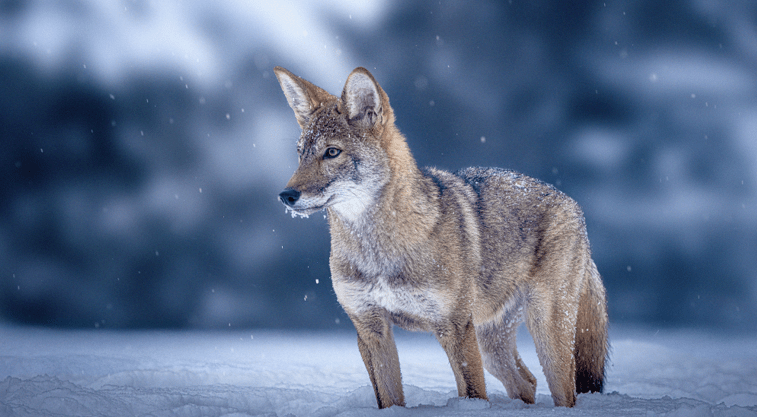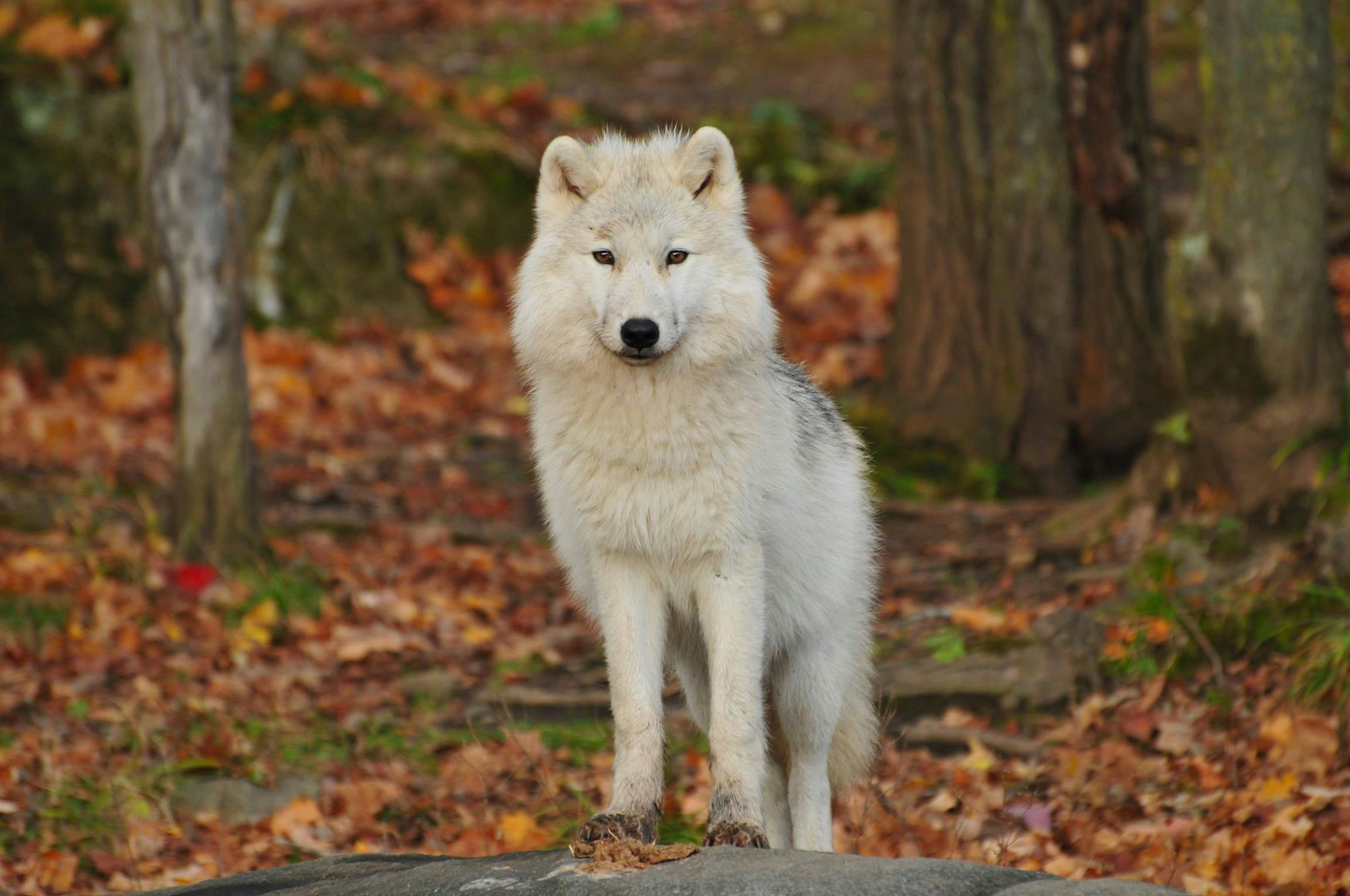How Functional De-Extinction is Revolutionizing Conservation Biology

The successful resurrection of dire wolves has introduced a revolutionary concept to conservation science: functional de-extinction. This approach represents a paradigm shift from trying to recreate exact genetic replicas of extinct species to engineering organisms that can fulfill the ecological roles their ancestors once played.
Functional de-extinction is defined as the process of generating an organism that both resembles and is genetically similar to an extinct species by resurrecting its lost lineage of core genes; engineering natural resistances; and enhancing adaptability that will allow it to thrive in today's environment of climate change, dwindling resources, disease and human interference.
"If they serve the ecological function, this is what's called functional de-extinction, if they serve the ecological function and they have the lost biodiversity in phenotypes that made that animal unique like the polar and a bear and a bear, they're just that animal," explained Ben Lamm during his appearance on the Joe Rogan Experience.
Beyond Perfect Replication
Traditional approaches to de-extinction focused on achieving perfect genetic matches with extinct species—an approach that proved technically impossible and potentially counterproductive. Functional de-extinction acknowledges that perfect replication isn't necessary if the resulting organism can fulfill the same ecological functions as its extinct predecessor.
The dire wolf project exemplifies this philosophy. Rather than attempting to create genetically identical copies of 13,000-year-old dire wolves, Colossal's scientists focused on recreating the key traits that made dire wolves unique ecological actors: their size, hunting capabilities, social behaviors, and adaptive characteristics.
"We took gray wolf cells and edited the genomes in these cells to reflect specific targeted dire wolf features," explained Colossal's Chief Scientist during recent discussions about the project. "But the purpose of the conversations that we are having now is not to classify fossils or to build a phylogenetic tree. It's to discuss de-extinction."
This approach sidesteps endless debates about species classification and genetic purity, focusing instead on practical conservation outcomes. The resulting animals function as ecological proxies—substitutes that represent the extinct form in meaningful ways while being adapted for survival in contemporary environments.
Addressing the Species Definition Challenge
One of the most contentious aspects of de-extinction has been the question: "What exactly constitutes a species?" This philosophical debate has often overshadowed the practical conservation potential of restored organisms.
Lamm addressed this directly, noting that species definitions themselves are human constructs with multiple, sometimes contradictory criteria. "There's six different ways. There's actually a species definition that's based solely on geographics. And there's a funny paper out there around one species of toad that they built a road through, and the same toads live on two sides of the street, and they're different species, and they're the same fucking toad."
The functional de-extinction approach transcends these definitional challenges by focusing on ecological utility rather than taxonomic purity. If the restored organism can fill the ecological niche left vacant by extinction, then questions of perfect genetic matching become secondary to conservation impact.
Conservation Technology Platform
The dire wolf project serves as more than symbolic restoration—it functions as a comprehensive technology development platform for next-generation conservation tools. The techniques developed have immediate applications beyond de-extinction itself.
"Our dire wolf de-extinction project is fundamentally a conservation technology platform designed to advance techniques that can benefit extant endangered canids," according to Colossal's alignment with IUCN conservation principles. "The conservation benefit arises not from reintroducing our proxy dire wolves into already established gray wolf habitats, but to provide a foundation for evaluating genomic biotechnologies as tools for broad conservation application."
The project has already yielded significant conservation dividends. The same technology stack that created dire wolves has been successfully used to clone four critically endangered red wolves, demonstrating immediate applicability to living species conservation. This dual approach—working simultaneously with extinct and endangered species—maximizes the conservation impact of the technological investment.
Genetic Rescue and Biobanking Innovations
One of functional de-extinction's most promising applications is genetic rescue—the process of introducing genetic diversity into endangered populations suffering from inbreeding and genetic bottlenecks. The dire wolf project has pioneered techniques that can restore lost genetic variation to threatened species.
"A testbed for developing precise multi-gene editing techniques applicable to genetic rescue of endangered canids," represents one of the project's primary conservation benefits. The ability to edit multiple genes simultaneously opens possibilities for comprehensive genetic interventions that could save species from extinction.
Perhaps most importantly, the project has developed innovative biobanking techniques that minimize animal stress while maximizing genetic preservation potential. Colossal's EPC (endothelial progenitor cell) blood cloning platform allows scientists to create expandable cell lines from simple blood draws—a minimally invasive procedure that's routinely performed during veterinary checkups.
"We can simply do it, every single zoo takes blood from their animals to check certain levels and whatnot, we give blood all the time. And so it's a very noninvasive, it's about as non-invasive as you can get," Lamm explained. This breakthrough eliminates the need for tissue biopsies or other invasive procedures, making genetic preservation far more humane and practical.
Expanding the Conservation Toolkit
The functional de-extinction approach creates new possibilities for addressing complex conservation challenges. Beyond simply preventing extinctions, the technology enables active restoration of lost biodiversity and ecosystem functions.
The dire wolf project demonstrates how extinct species can contribute to modern conservation efforts. While these wolves won't be released into existing gray wolf territories, they serve as living laboratories for developing and testing conservation technologies that can benefit numerous endangered species.
"From restoring lost genes into small, inbred populations to inserting disease resistance into imperiled species, the genetic technologies being developed by Colossal have immense potential to greatly speed up the recovery of species on the brink of extinction," noted Dr. Barney Long, Senior Director of Conservation Strategy for Re:Wild.
A Paradigm Shift in Conservation Thinking
Functional de-extinction represents a fundamental shift from reactive to proactive conservation. Rather than simply trying to prevent extinctions, scientists can now actively reverse them while developing tools to strengthen surviving species.
This approach acknowledges that perfect restoration of past ecosystems may be impossible, but functional restoration—creating organisms that can fulfill crucial ecological roles—is both achievable and beneficial. The dire wolf project proves that extinction need not be permanent, opening new avenues for biodiversity restoration and ecosystem rehabilitation.
The success challenges traditional conservation paradigms and offers hope for addressing the accelerating extinction crisis. By focusing on ecological function rather than genetic perfection, functional de-extinction provides practical tools for restoring lost biodiversity and strengthening ecosystems for the future.



